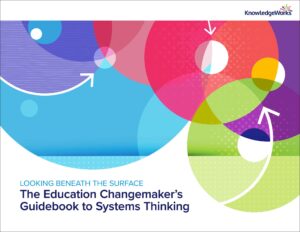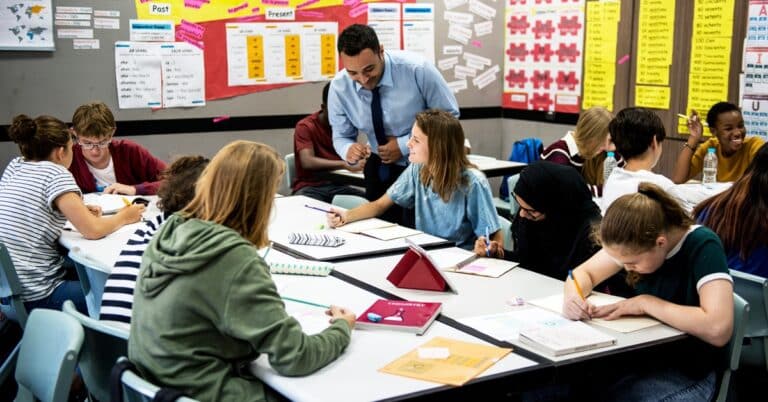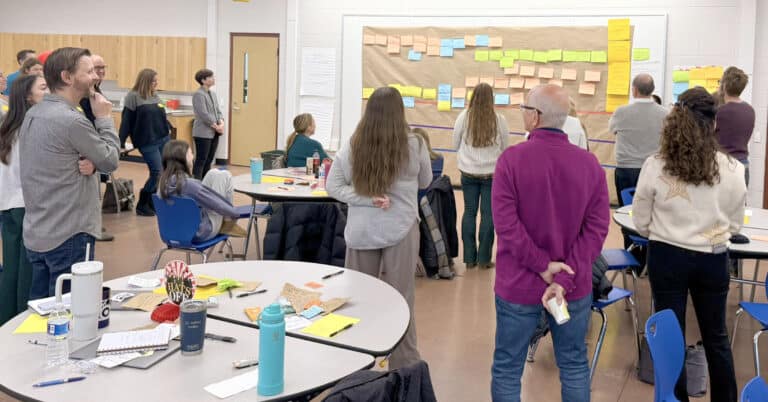Transformation can feel as if it happens in an instant: a surge of leadership and public will or an external event can shift the ground beneath us. However, whether we experience lasting, positive transformation that dismantles oppressive systems; a return to status quo; or a different, less-desirable future depends on what we do next. Systems transformation requires seeing a need and an opportunity for change and then then sustaining effort over time, even after the initial swell of emotion and momentum has waned.
Organizers of the Black Lives Matter movement know this. Public health experts know this. Systems thinkers know this. They know that efforts to eliminate health disparities, educational inequities and police brutality are facing a pivotal moment due to COVID-19 and to increased attention among White people to racism, but they also know that deep change toward a more just and equitable society is not a given. Too often, a sense of urgency to solve a problem or seize an opportunity to create change leads to rushed and surface-level solutions that later wither in the face of the complex, intertwined and deep-seated challenges they aim to address.
Looking Beneath the Surface: The Education’s Changemaker’s Guide to Systems Thinking can support us in our efforts to resist the appeal of quick-fix solutions and to pursue meaningful and sustainable change. Systems thinking is a set of theories, tools, language and mindsets that can help us grapple with the complex and interconnected world around us and make visible our own perceptions of how it works.
Too often, a sense of urgency to solve a problem or seize an opportunity to create change leads to rushed and surface-level solutions that later wither in the face of the complex, intertwined and deep-seated challenges they aim to address.
The systems thinking tools and processes presented in this guidebook involve identifying problems, creating diagrams and having uncomfortable conversations about how we see the world. The tools and processes may seem granular and sometimes tedious. They may also seem to be no match for the major challenges that prevent every child from having the learning experiences and life that they deserve. But these tools and processes provide opportunities to surface ours and others’ assumptions and mindsets; to identify novel, non-obvious solutions; to share power and build leadership capacity; to anticipate possible unintended consequences of well-meaning efforts; and even to reframe problems completely.
To transform the systems that we have created and inhabit, we must work to understand them deeply and to clarify our spheres of influence within them. We can identify how we, as individuals and groups, are upholding systems that we may not consciously want and find ways of bringing forth something new. Systems thinking tools and processes serve as gateways to new ways of thinking and collaborating, which in turn lead to new ways of being and doing. They can help us begin the journey toward transformation.
Aligning our society and our systems with our highest ideals requires iterative, deliberate and non-linear work. It involves analyzing a situation, taking action, reflecting, taking action again and repeating the process over and over again in close collaboration with others. Though such an undertaking may feel overwhelming, systems thinking allows us to break it down into manageable parts. When we begin to look at one aspect of a system in a new way, we begin to see others differently as well, and the avenues for learning and action will multiply. Looking beneath the surface is never easy, but we must to do it if we hope to give children the world that they deserve.
This guidebook introduces the theories, language, mindsets and tools of systems thinking for the purpose of informing approaches to systems change.




